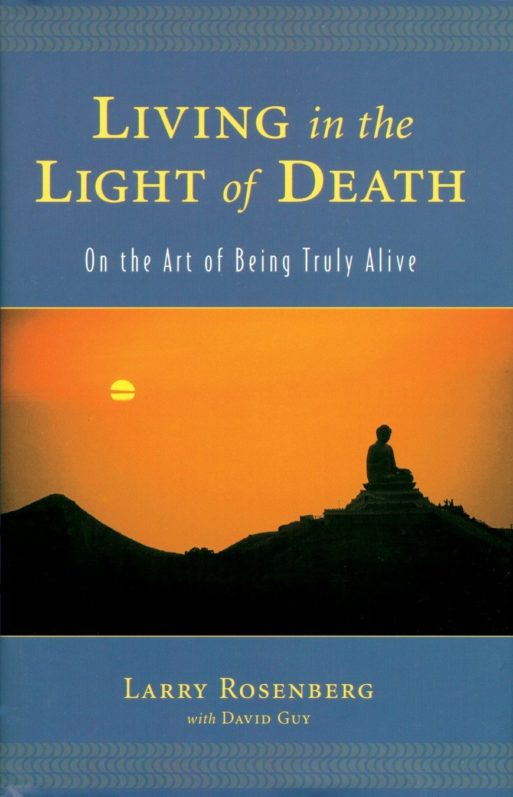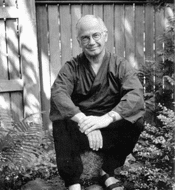
In “Living in the Light of Death: On the Art of Being Truly Alive,” author Larry Rosenberg asks what the inevitable process of aging and death can teach us about how to live our lives now – in the present moment. Rosenberg looks to the Buddhist practice of death awareness for answers.
Drawing on five specific contemplations from the Buddha – each with its own chapter — Larry Rosenberg leads readers through an exploration of aging, illness and death. This process is not for the faint of heart. While most of us are intellectually aware of these unavoidable facts of life, Rosenberg emphasizes the difference between intellectual understanding and truly embracing the less appealing aspects of the body and its failings. Sometimes, Rosenberg found that vividly imagining the inner workings of the body made him nauseous. Still, his teachers advised him that engaging in such practices would better prepare him for death when it came.

Larry Rosenberg
Credit: Shambala Publications
Meditation has, after all, already helped Rosenberg through challenging periods of extended illness. Twice, while traveling abroad in Korea and in Thailand, Rosenberg was encouraged by two different Buddhist masters to practice with his sickness. In the midst of a food borne illness in Thailand, Rosenberg found that vipassana meditation allowed him to experience positive states even in the midst of his suffering:
“I can honestly say it was an extraordinary experience. My body was falling apart; I was spending much of my time in bed, but my mind was positively blissful. Even as I was running to the jungle to throw up there was sometimes joy.”
Turning from Death to Life
Still, Rosenberg’s focus on “Living in the Light of Death” is less on preparing readers for illness and death than on engaging them with life. His chapter on the third contemplation – “Death is Unavoidable” – highlights the fragility of the human body, the ability of death to come at any moment and the futility of looking to our loved ones, our wealth, or our own bodies to save us. How, then, might we live today? Rosenberg shares one story in which a famous sage is asked where his wisdom comes from:
“He replied, ‘I live as a man who, when he wakes up in the morning, does not know if he will be alive when the day ends.’ His questioners were puzzled. Isn’t that true of everyone? they asked. ‘It is,’ he said, ‘but few people live that way.'”
This book offers readers of all ages the opportunity to explore how the life processes we typically avoid most can, if we acknowledge them, open us up to new vistas. It may serve as a valuable companion to those approaching death – offering insight into complicated challenges, such as how to work with pain, illness and loss. People who are aging, or loved ones of those who are dying, may take comfort in its focus on aging and death as natural and acceptable. Overall, “Living in the Light of Death” shines its glow on what’s most important, and how we can better center that in our lives while we’re still here.

 “Living in the Light of Death” by Larry Rosenberg (with David Guy)
“Living in the Light of Death” by Larry Rosenberg (with David Guy)


 “Help Me, Helen”
“Help Me, Helen”
 Recovering Cremation Remains After the Los Angeles Fires
Recovering Cremation Remains After the Los Angeles Fires
 “As Tears Go By” by Marianne Faithfull
“As Tears Go By” by Marianne Faithfull














